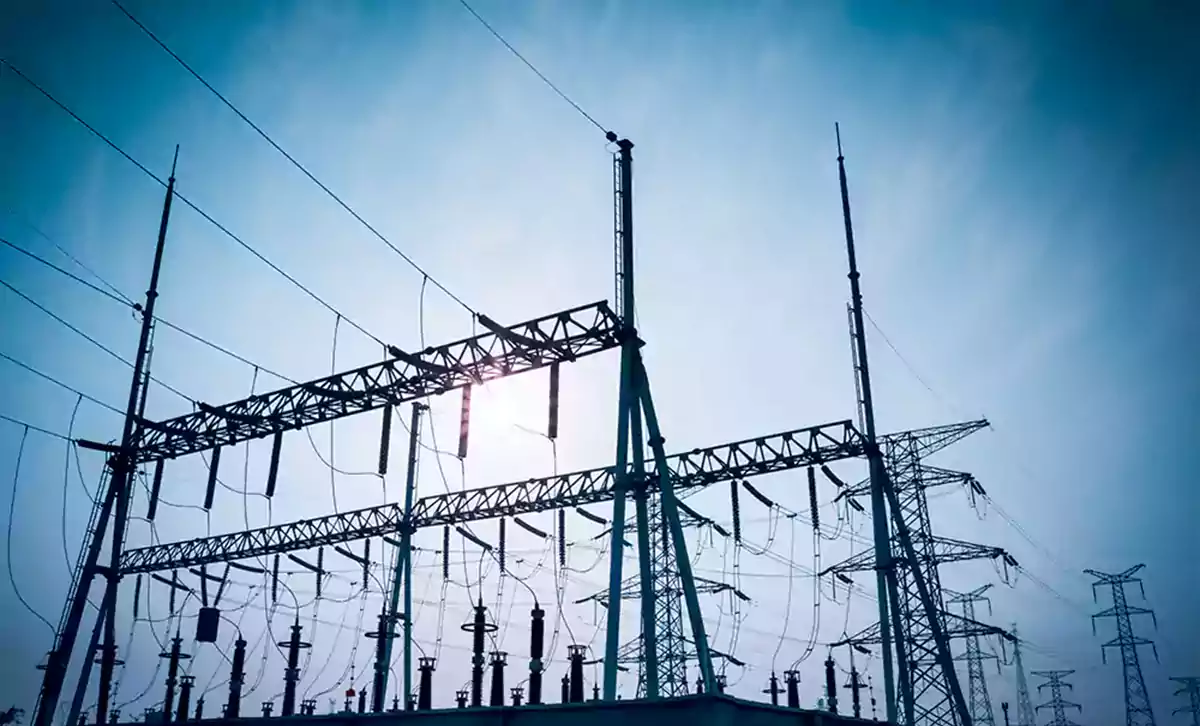Large dams around the world provide services such as hydroelectric power, flood protection, and water conservation, for example, the Hoover Dam in the United States provides electricity to 1.3 million people. Large dams are estimated to provide more than one million the tenth-largest food producer in the world.
But these dams are also changing the freshwater ecosystem. The evolution of fish and other aquatic species native to rivers is carried out according to specific patterns that are a sign for migration and reproduction for these organisms; large dams interrupt these signals and interfere with the life cycle of these aquatic creatures.
The presence of these interactions has led to the growth of harmful and invasive species and the reduction of beneficial freshwater species around the world.
The only way to completely rehabilitate rivers is to remove dams, but human livelihoods depend on these infrastructures. So how can the need for water be balanced against maintaining the pattern of freshwater ecosystems, especially in the face of climate change?
In the research published, researchers at the University of Washington have contributed to the potential developments in the operations of the dam to prevent hypohydration and disruption of river water flow
The Navajo dam has been investigated in the San Juan River. The dam is located on a main branch of the Colorado River and is a complete example of the water conflicts that the arid regions of the world face.
The reservoir, created by the Navajo Dam, has a capacity of more than 1.7 million tonnes of water, which is essential for agriculture in the region. But on the other hand, the San Juan River is home to many endangered aquatic species such as Pikeminnow and Razorback suckers. The dam`s construction has led to the growth of invasive species and the extinction of the fish.
The purpose of this research was to understand whether the need for agricultural water needs to be resolved, and the marine species preserved the rivers of sweet water and also prevented the invasion of non – native species.
Examining the data of the last decades from the river flow pattern of San Juan, researchers were able to determine the amount of water the output water and the water release time from the Navajo Dam. In this case, at a certain time and with a certain amount of water downstream of the dam, there is a suitable environment for native aquaculture.
In the release of the dam’s water, the requirements of agriculture should also be considered.
One of the main criteria for retrieving degraded rivers by dams is to restore the rivers that have existed before the dam was built. At the same time, energy and water are supplied from dams and it is not possible to return to preconditions.
Mathematical solutions that researchers have used to predict the water flow pattern are applied to optimize the use of natural resources and minimize the damage to the environment.
There is no intelligent design that dams have on the ecosystems of sweet waters. The water flow regulation does not contribute significantly to the growth of indigenous aquaculture as well as the prevention of non – native fish invasion downstream rivers. But scientists are trying to minimize the ecological impact of large dams, while we all know how much modern society depends on this infrastructure.
Source: blogs.scientificamerican.com








